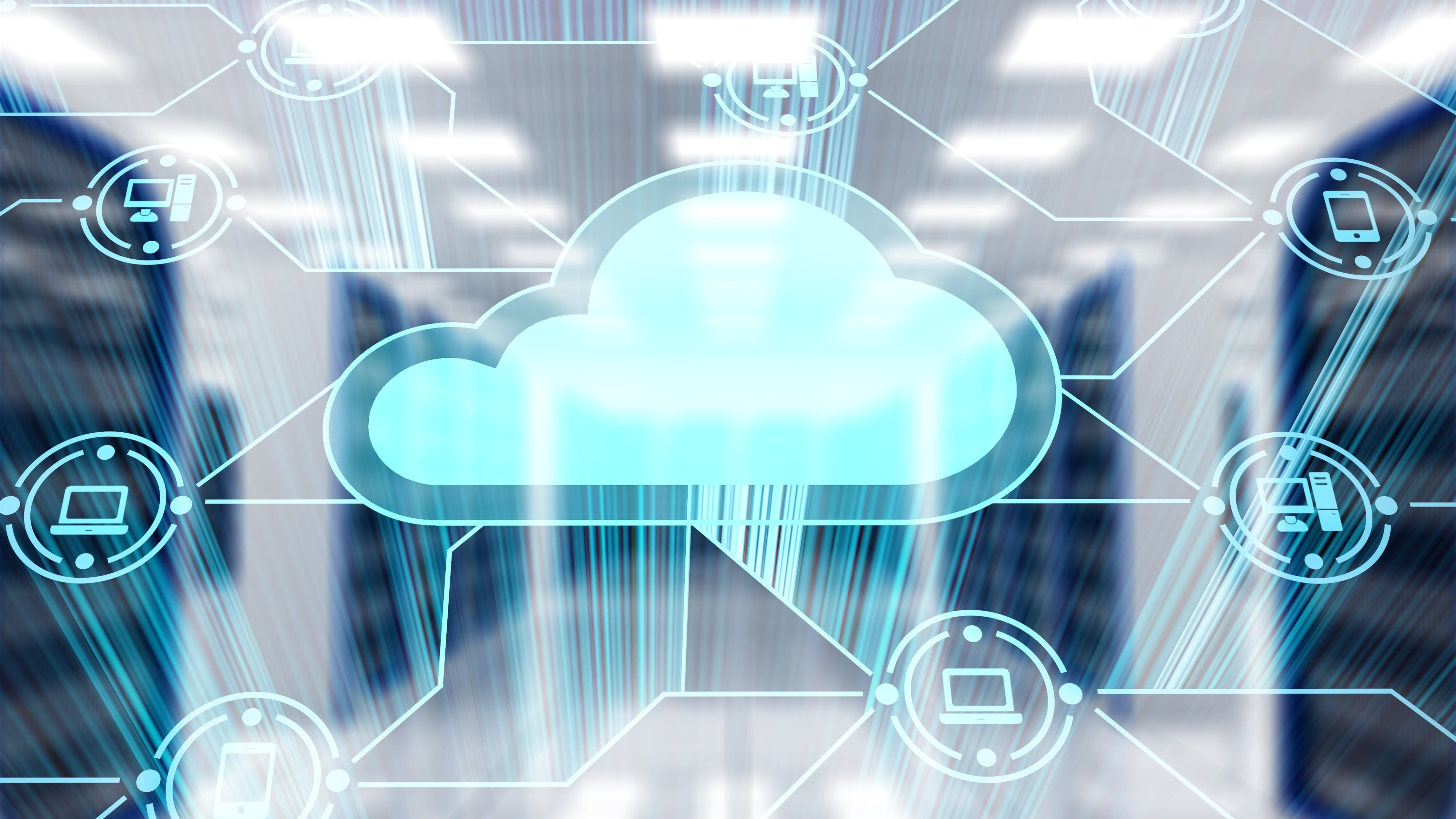As the Pentagon moves to connect sensors with shooters on the battlefield, transporting and sorting data via cloud computing will be a fundamental need.
Joint All-Domain Command and Control, essentially a battlefield Internet of Things in which all types of platforms and sensors are linked, will require distributed computing and cloud-based networking to provide war fighters with the data they require on the battlefield.
In a recent webinar, the military’s top JADC2 official noted that need for cloud environments, including an enterprisewide cloud, whether that ends up being the delayed and contested Joint Enterprise Defense Infrastructure cloud or another solution.
“Cloud is critical to what we’re trying to accomplish — at least a hybrid cloud environment,” said Marine Corps Lt. Gen. Dennis Crall, the Joint Chiefs of Staff director for command, control, communications and computers/cyber and chief information officer.
“So, you know, whatever happens with JEDI will happen. [It’s] clearly not within our control here. … But make no mistake for the capacity argument, we’re going to need an enterprise-level capability to get after this for the war fight we need. From where we are today, we’re able to execute the limited experiments and testing that we’re doing. But I’m sure as time goes on that solution is going to be more critical.”
So why is cloud key to enabling JADC2?
JADC2 is “all about federated; it’s about interconnected sensors,” Ki Lee, a vice president at Booz Allen Hamilton, told C4ISRNET. “So it’s not about servers being connected. It’s actually about getting the sensors and platforms connected so it’s a network of those. But there’s laws of physics in terms of what you can actually process on the SWaP [size, weight and power] of those different sensors, bandwidth, latency, so tactical cloud is going to be that real important piece of bridge.”
Cloud computing will deliver war fighters the tools and information they need to make more informed decisions in more remote areas because it will connect separate databases of information, storing them in a kind of one-stop-shop where military members can go when trying to visualize the battle situation and plan their moves.
It’s a problem that the department is trying to solve with the JEDI cloud, a contract tied up in court worth up to $10 billion over 10 years. Dana Deasy, the former DoD CIO, said in 2019 that cloud would solve a major challenge he witnessed soldiers in Afghanistan experience: They had to use three separate systems to locate the enemy, make a decision and locate friendly forces before acting. A cloud environment with centralized data would have helped those soldiers.
“There are tools that enable real-time decision-making — informed decision-making — at the speed of warfare. What is the basis of that? It’s cloud. It is having your data connected and in a place where I can run analytics on it in real time or near real time, and then render informed decisions to support war-fighting missions,” said Rob Carey, former Navy CIO and deputy DoD CIO, now president of Cloudera Government Solutions.
To connect sensors and shooters, war fighters need tactical cloud computing, or access to cloud environments in remote areas on smaller devices such as tablets. This would enable soldiers down to the lowest level of formations, such as squads, to have cloud access and could give them visibility comparable to a battalion or regiment, Carey said.
For example, cloud computing could provide soldiers or Marines on the ground with intelligence information that could inform actions on the battlefield, he said.
“When we want to do call for fires, when we want to do things [where] people’s lives are in jeopardy or they’re at risk, we want that information right there so that they can render their own decision ... at the level of the squad,” Carey said. “So that’s what cloud enables, that connectivity to that information.”
The cloud will also give access at the edge to other important war-fighting data, such as logistical or medical information. And since that data will be stored in the cloud, the joint force will always have access to the latest, most up-to-date details.
“Once it’s on the cloud, and as those systems get updated, it’s constantly updating,” said Mike Davenport, senior vice president at Booz Allen Hamilton.
Remotely accessible tools would also reduce that amount of clunky hardware that war fighters have to lug to the battlefield, said Jeff Dixon, technical director for Crystal Group, a ruggedized hardware company.
“Allowing the cloud to do a lot of that heavy lifting seems to be the right approach for not burdening the guys at the tactical edge with having to bring infrastructure with them,” Dixon said. “The cloud enables them.”
Using cloud in the war-fighting environment would also reduce security vulnerabilities of systems communicating with other systems that haven’t installed the latest software. Davenport noted that the Army has realized this with a mission command app that’s now based in the cloud.
“Using the cloud, the Army has figured out, if I just put … this mission command app on the cloud, those soldiers can access it directly,” he said.
Andrew Eversden covers all things defense technology for C4ISRNET. He previously reported on federal IT and cybersecurity for Federal Times and Fifth Domain, and worked as a congressional reporting fellow for the Texas Tribune. He was also a Washington intern for the Durango Herald. Andrew is a graduate of American University.








